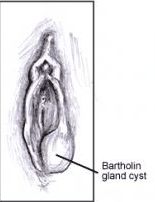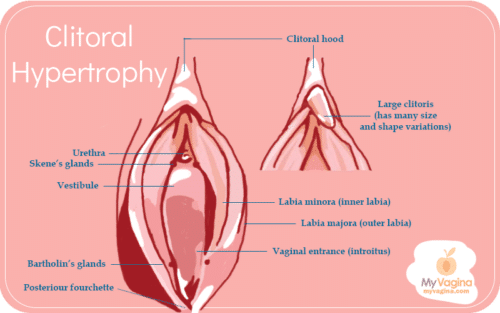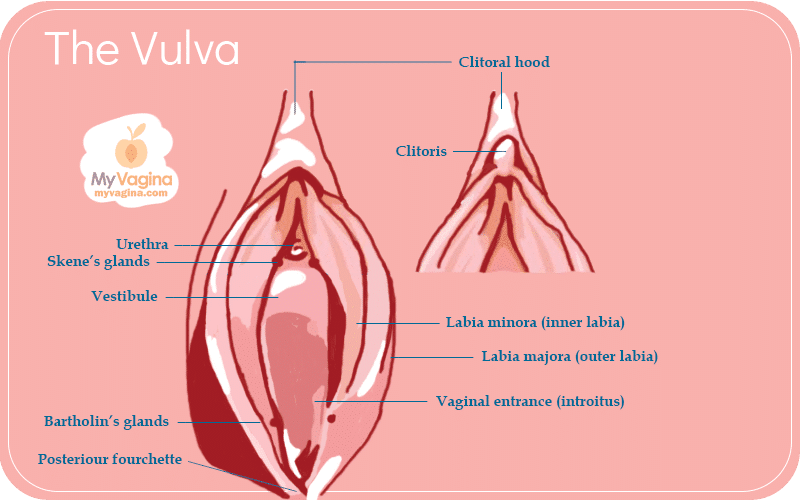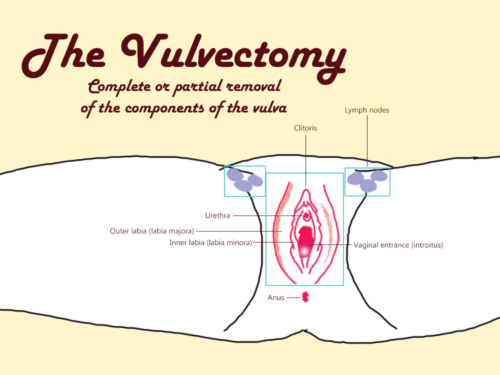Types of pelvic surgery
Surgery affecting your vulva, vagina or pelvic organs can be necessary for many reasons, the main two being childbirth and cancer. People also choose to have cosmetic surgical procedures.
Hysterectomy survival kit
Recovering from a hysterectomy is a challenging journey that requires time, patience, and a well-prepared survival kit. From understanding the importance of rest and seeking help to choosing the right clothing and managing pain, this guide offers comprehensive tips to navigate the recovery process. It also addresses the emotional aspects
readLEEP excision (Loop Electrosurgical Excision Procedure)
LEEP (Loop Electrosurgical Excision Procedure) is a medical treatment aimed at removing precancerous or cancerous cervical cells, often caused by HPV. This article delves into how LEEP works, its benefits, such as cauterising blood vessels to reduce bleeding, and important considerations, including its unsuitability for pregnant women and potential complications
readMonsplasty
Monsplasty, also known as pubic lift, involves the surgical removal or liposuction of excess skin or fat from the mons pubis to improve its appearance. This procedure, largely cosmetic, aims to boost self-esteem in individuals who feel self-conscious about the appearance of their pubic area due to excess skin or
readSacrocolpopexy – mesh implants for prolapse
Sacrocolpopexy is a surgical procedure that involves the insertion of mesh to support prolapsed organs and maintain the vagina's anatomical position. This treatment, potentially including a hysterectomy for uterine prolapse, boasts a high cure rate of about 90%, by supporting both the anterior and posterior aspects of the vagina, thus
readThe robotic da Vinci sacrocolpopexy surgery (for uterine or vaginal prolapse)
The da Vinci sacrocolpopexy is a cutting-edge, minimally invasive surgical procedure for vaginal prolapse, employing a robotic system for precision and reduced recovery time. This technique involves the insertion of mesh to support prolapsed organs and maintain the vagina's anatomical position, potentially also including a hysterectomy for uterine prolapse. Highlighting
readProlapse repair surgery
Vaginal prolapse repair surgery, including cystocele, rectocele, and enterocele repair, involves various surgical interventions under anaesthetic. This guide covers the procedures, risks, and supportive measures such as pelvic exercises, medications, and devices to manage prolapse, ensuring a comprehensive understanding of what to expect before, during, and after surgery.
readHelp prevent an episiotomy (cut) during birth
Protecting the perineum during childbirth is crucial to avoid episiotomies and tears. Techniques like prenatal perineal massage, understanding birthing positions, and post-birth care can significantly reduce the risk and aid in faster recovery. Learn how these methods, along with the right questions for your healthcare provider, can help maintain an
readAP resection and your vagina
An abdominoperineal (AP) resection, a common procedure for colon cancer, may involve the removal of parts of the vaginal canal, impacting sexual function and confidence. This article delves into the surgery's effects on the vagina, potential for sexual pleasure post-operation, and strategies for managing changes, including the use of lubricants
readThe radical cystectomy
A radical cystectomy, involving the removal of the bladder and reproductive organs due to bladder cancer, significantly impacts sexual function and intimacy. This article delves into the challenges women face post-surgery, such as decreased orgasmic ability, lubrication, and pain during penetration, and offers solutions like vaginal dilators, moisturisers, and reconstructive
readHysterectomy
A hysterectomy involves removing part or all of the uterus and possibly other reproductive organs, depending on the condition being treated. While it can provide relief from pain and symptoms of various conditions, it also carries risks and impacts on fertility, sexual function, and personal identity. This comprehensive guide covers
readLife after a pelvic exenteration (complete pelvic organ removal)
Pelvic exenteration, an extensive surgery for recurrent gynaecological or rectal/colonic cancers, involves the removal of several pelvic organs and structures, with a long recovery period. This procedure, while carrying significant risks, offers a chance of survival and quality of life improvements, including the possibility of sexual pleasure through the construction
readCommon cancer treatments and how they affect sexuality and fertility
Cancer treatments can significantly affect sexuality and fertility, leading to changes such as vaginal dryness and variations in vaginal size. However, the preservation of these functions is possible with at least one functioning ovary or through hormone replacement therapy. This article delves into the impacts of various cancer treatments on
readBladder exstrophy repair surgery
Bladder exstrophy repair surgery is a critical procedure aimed at repositioning the bladder and adjusting pelvic structures to enhance urinary control, prevent infections, and improve genital appearance. This article explores the reasons for surgery, preparation, the surgical process itself, and the outcomes and risks associated with it, providing a comprehensive
readHigh-tech mesh for pelvic prolapse
Australian researchers are at the forefront of developing a groundbreaking mesh for pelvic organ prolapse (POP) treatment, designed to integrate seamlessly with the patient's body. This innovative mesh, coated in the patient's uterine cells, aims to address the high complication rates and chronic pain associated with conventional mesh treatments. Developed
readMarsupialisation of a Bartholin (vestibular) gland cyst
Marsupialisation is a surgical procedure for Bartholin gland cysts or abscesses, creating a pouch-like opening for drainage without removal. This treatment is considered when other methods fail or if the cyst causes significant discomfort. It involves precise surgical techniques under anaesthesia, with considerations for post-operative care to manage pain and
readMarsupialisation of a vaginal cyst
Marsupialisation is a surgical procedure aimed at treating cysts by creating a slit and sewing the edges to allow for free drainage, preventing regrowth and blockages. This technique is particularly effective for various types of cysts, including Bartholin's cysts, ensuring that the risk of recurrence is minimized. Proper diagnosis is
readClitoridectomy
Clitoridectomy, the surgical removal of the clitoris, is performed for various reasons including clitoral hypertrophy and female genital mutilation. Despite potential risks like loss of sensation, modern techniques aim to preserve sexual function. The surgery's focus is on enabling a normal life, with many women still able to achieve orgasm.
readClitoral hood surgery
Clitoral hood surgery, often part of a composite reduction labiaplasty, involves the partial removal of the clitoral hood for a symmetrical appearance. While it aims for aesthetic enhancement, choosing a highly experienced surgeon is vital to minimise risks and ensure satisfactory outcomes. Techniques such as the modified Y-to-V are employed,
readA serious chat about your flaps – understanding labiaplasty
This article delves into the intricate reasons why individuals may consider labiaplasty, challenging societal norms and expectations surrounding vulvar appearance. It addresses the influence of media, the quest for self-acceptance, and provides a comprehensive guide on what to consider before undergoing the procedure, aiming to empower readers with knowledge and
readLabiaplasty – labia minora or labia majora surgery
Labiaplasty, the surgical alteration of the labia minora or majora, has grown in popularity for both cosmetic and functional reasons. This procedure can alleviate discomfort, improve the aesthetic appearance of the vulva, and enhance self-confidence. Whether for aesthetic enhancement or to address physical discomfort, labiaplasty offers a solution for those
readCongenital vaginal obstruction
Congenital vaginal obstruction, a rare condition present from birth, involves the vagina having no external opening due to an imperforate hymen or a high transverse septum. Symptoms include abdominal swelling in newborns and, during puberty, abdominal pains and a lump due to menstrual blood buildup. Treatment varies from simple surgical
readPerineoplasty
Perineoplasty is a specialized vaginal surgery aimed at correcting damage, defects, or deformities of the perineum, offering solutions for a range of issues from untightened vaginal tissue and incontinence to painful sexual intercourse and decreased sexual sensation. The procedure varies, focusing on either tightening or loosening the perineal muscles based
readThe vulvectomy
A vulvectomy, the surgical removal of the vulva, can be a necessary treatment for serious diseases. This article delves into the types of vulvectomy, the recovery process, and its impact on sensation, fertility, and sexual health. It also addresses the emotional journey of accepting one's body post-surgery and the importance
read









